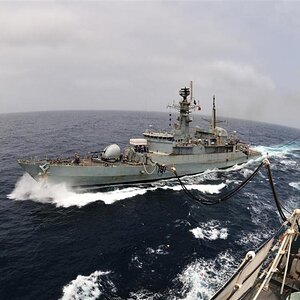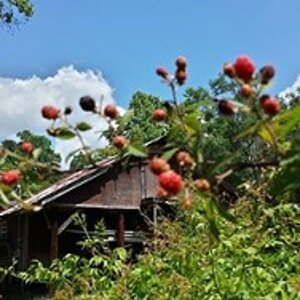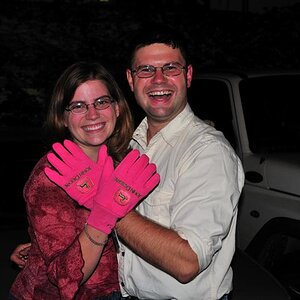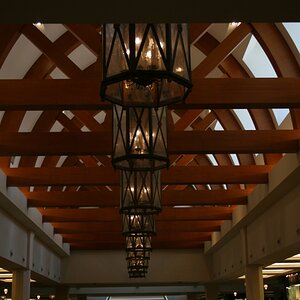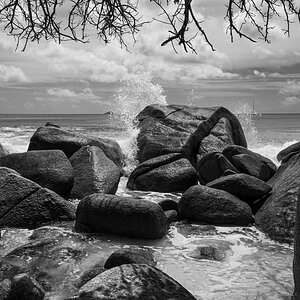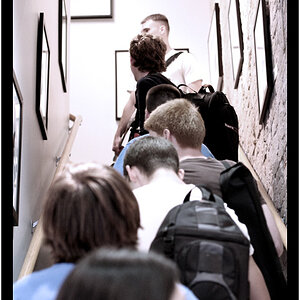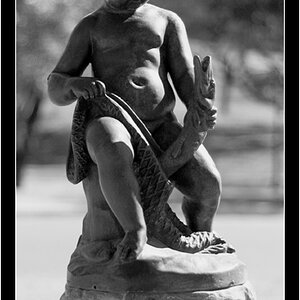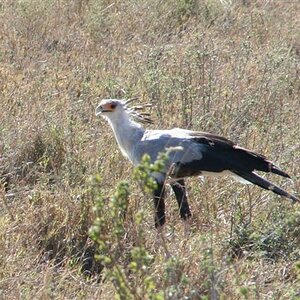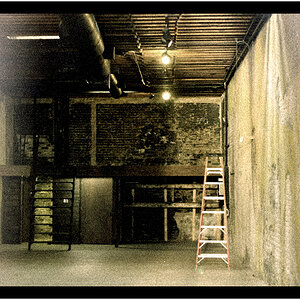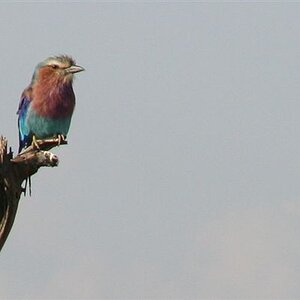tsaraleksi
No longer a newbie, moving up!
- Joined
- Jun 12, 2007
- Messages
- 1,045
- Reaction score
- 0
- Location
- Greencastle Indiana
- Can others edit my Photos
- Photos NOT OK to edit
If the light you are in is constant, then any change in exposure would not reflect a change in light, which would mean the exposure is ticking away from where you want it to be. So putting it in manual lets you lock it down.



